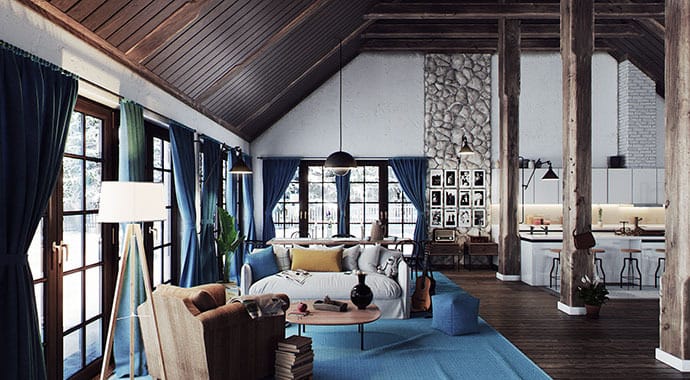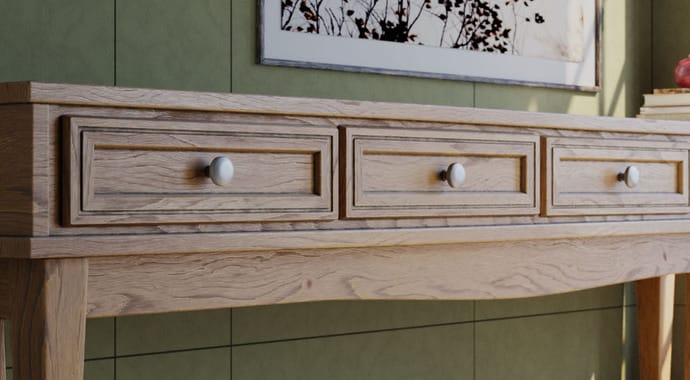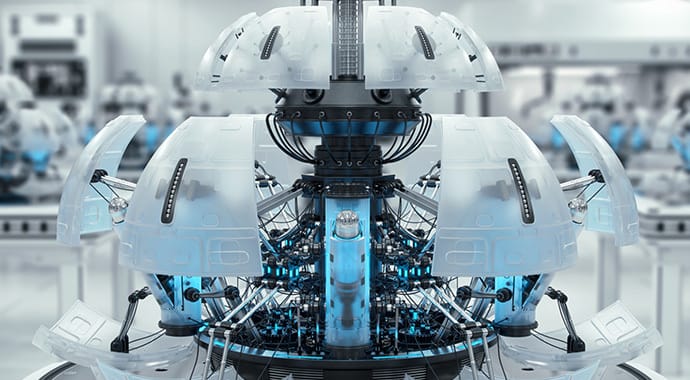Discover how texture in architecture goes beyond visual appeal to create impactful, tactile spaces, learn about different texture types and where to find them for your next project.
Texture is a crucial element of architecture. With its ability to influence powerful sensory experiences, it goes beyond visual appeal and engages us with touch, fostering a deeper tactile connection with our built surroundings. Understanding the role of texture in architectural design can lead to more impactful and effective spaces, enhancing both the functionality and atmosphere of a building.
This article will cover the following topics:

What is texture in architecture?
Texture in architecture refers to the surface of a material that can be perceived by touch. Different textures create different sensory experiences within a space, influencing how a building is seen, felt, and inhabited.
Texture can be smooth, rough, soft, hard, glossy, or matte, and the way that it interacts with light and shadow also enhances the visual and physical depth of the elements in its surroundings. It’s often perceived through patterns, surface finishes, and material choices, while tactilely, it is experienced through the physical interaction of occupants with the built environment.
Architectural rendering software is often used to simulate and visualize textures in the design process, helping architects make informed decisions about material selections. To see this in action, check out this video that shows how rendering techniques can bring textures to life, delivering a more immersive and accurate representation of design concepts. With V-Ray GPU, designers and architects can render texture-heavy scenes more efficiently, making their process faster and more streamlined.
Importance of texture in architectural design
Texture is significant in architectural design for both aesthetic and functional reasons. It contributes to the overall visual appeal and atmosphere of a space, influencing how it is perceived and experienced.
Texture can emphasize certain architectural elements, draw attention to specific areas such as the wear on a vintage oak drawer, and create a distinct mood, tell a story, or even evoke memories through tactile experiences it recalls. Remember jumping on your bed as a kid, or gazing up at a celestial glow-in-the-dark starry ceiling? Functionally, texture can also play a role in acoustics (either absorbing or reflecting sound), durability (resistance to scratches and tearing), and maintenance (smoother surfaces requiring less upkeep than rough or textured surfaces.)

Creating a tactile experience
Architects often think of how textures will influence the way occupants interact with the space, namely the tactile nature of the texture. Examples include the use of tactile paving for visually impaired individuals or the deliberate choice of materials in a space, like natural wood, to create or convey a sense of calm and connection with nature.
The subtle interplay of different materials and textures can also define different zones within a building, subtly influencing how people move and feel within the environment. In a hospital environment for example, smooth and resilient linoleum flooring in hallways promotes cleanliness and efficiency, while cushioned flooring can create a comfortable waiting room atmosphere for patients and visitors, while rubber flooring is used in non-slip environments where precision is critical, like operating rooms. In effect, these design choices guide people through the building in a way which supports their emotional and physical needs.
If you'd like to explore a detailed example of how these principles are applied in hospital archviz projects, check out how BOC Studio used Chaos Vantage, along with Anima 5 and Phoenix, to breathe a visual narrative into the Hanh Phuc Hospital.

Types of textures in architecture
Textures in architecture can be broadly categorized into visual and tactile textures. Visual textures include patterns, surface finishes, and material effects that can be seen but not necessarily felt. Tactile textures involve the physical qualities of building materials, that can be touched and felt. Examples include the smoothness of glass, the roughness of brick, or the graininess of wood.
For those interested in how texture is used effectively in the processes of interior design or product design, especially in wood materials, this blog post on wood texture in V-Ray for 3ds Max offers an in-depth exploration.
Envisioning a texture-rich space full of a variety of different forms and materials—metal, wood, glass, stone, fabric, and more? With Batch loading of textures with VRayMultiSubTex, designers can now batch load as many textures as they need, effortlessly and without any hassle.

Where to download textures?
In addition to Chaos Cosmos, several digital libraries offer textures in six different categories—seamless, stone, metal, polished concrete,, wood, and fabric—which can be easily downloaded as compressed image files without requiring registration.
If SketchUp is your preferred DCC tool, be sure to check out this in-depth article for a comprehensive guide to free sketchup textures for your models.
Here is a summary of where you can download each texture category mentioned in the blog post:
- Seamless: Poly Haven, 3DTextures, and 3DXO.
- Metal and concrete: 3DTextures and 3DXO.
- Wood and stone: Poly Haven.
- Fabric: Poly Haven, Texture Fabrik, and SketchUp Texture Club.

Adding depth and dimension
Texture adds depth and dimension to architectural elements by creating contrasts in light and shadow. Techniques such as relief work, layering materials, and playing with shadows can enhance the perception of depth, making surfaces appear more complex and engaging. Visuals, such as the textured surfaces of wall panels or layered facades, illustrate how these techniques bring flat surfaces to life.
To delve deeper into this, check out our interior design rendering series, and the video below in particular, which walks you through the process of creating a realistic stone wall.
We highly recommend watching the entire series to fully grasp the potential of textures and how they enhance architectural visualization and shape the interior design of a space. Plus, Chaos 3D artist, Nejc Kilar, is an excellent instructor, so you will definitely learn a lot and he’ll surely inspire you to start your next project with greater confidence!

Practical applications and uses of texture
In exterior architectural design
Texture plays a vital role in exterior facades, adding character and detail to building exteriors. It is also essential in landscaping and outdoor architectural elements, where texture can define spaces, create contrasts, and influence the overall aesthetic. Learn more about exterior architectural rendering to explore how texture enhances outdoor spaces.
In interior architectural design
An interior space relies heavily on texture for creating ambiance and defining areas. Wall treatments, flooring, and ceiling designs are common areas where texture is applied to add richness and depth to a space. Explore interior architectural rendering basics for insights into how texture is used in interior design.

FAQ
What is texture in modern architecture?
In modern architecture, texture refers to the surface quality and pattern of materials used in a building, influencing both visual perception and tactile experience, and playing a critical role in defining the character and atmosphere of a space.
What are examples of textures in architecture?
Examples of textures in architecture include the smooth texture of polished marble, the fine grain of natural wood, rough surfaces such as exposed concrete, and textured surfaces such as those found on the intricate patterns of decorative tiles.
How does texture affect architectural form?
Textures affect architectural form by enhancing visual depth, creating contrast, and influencing how light interacts with surfaces, thereby altering the perception and feeling of shape, scale, and spatial relationships within a building. Varying textures within a space can create an interesting sense of contrast, enhancing both its visual appeal and functionality.





